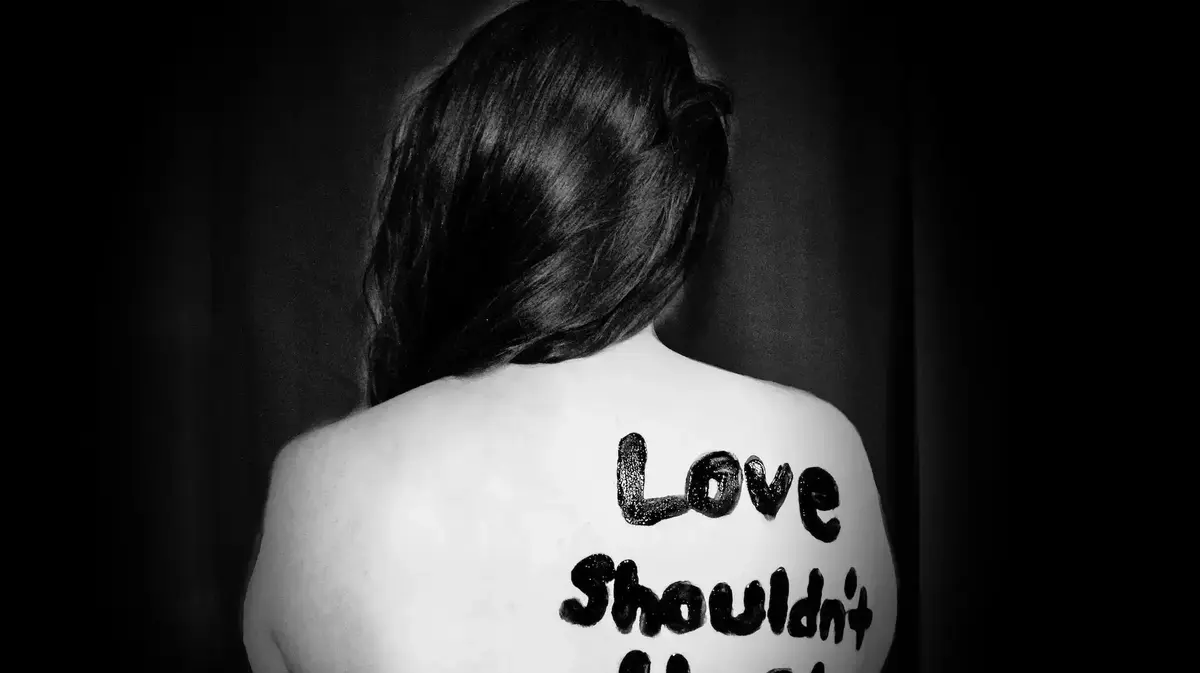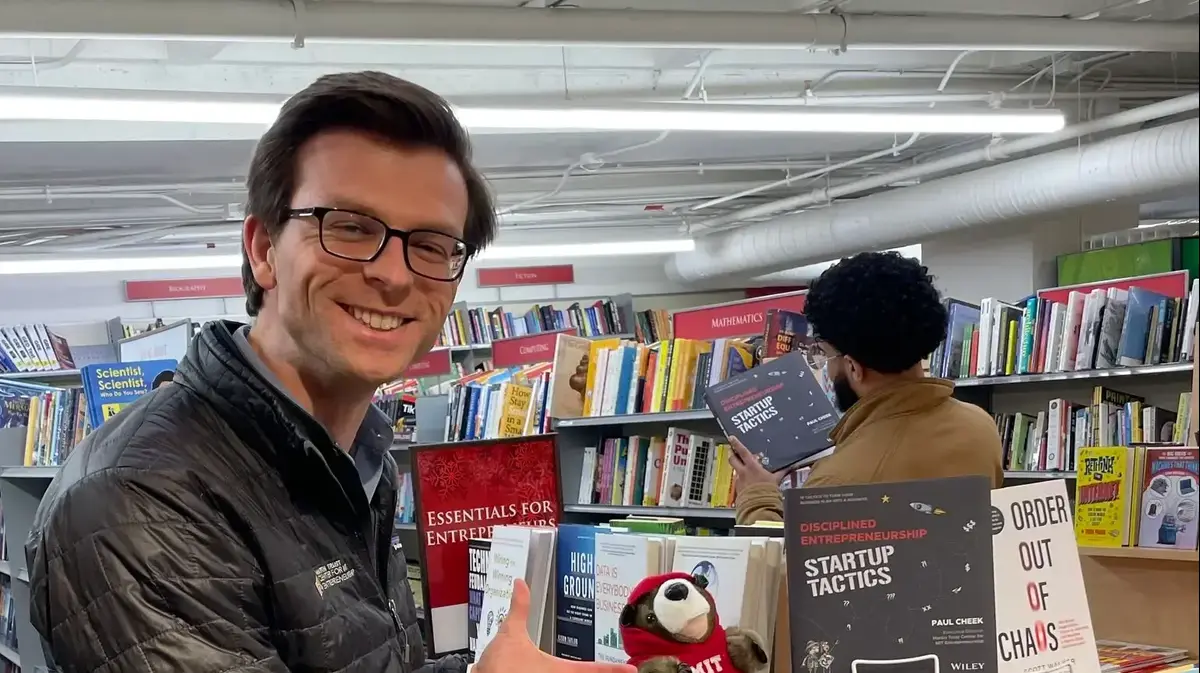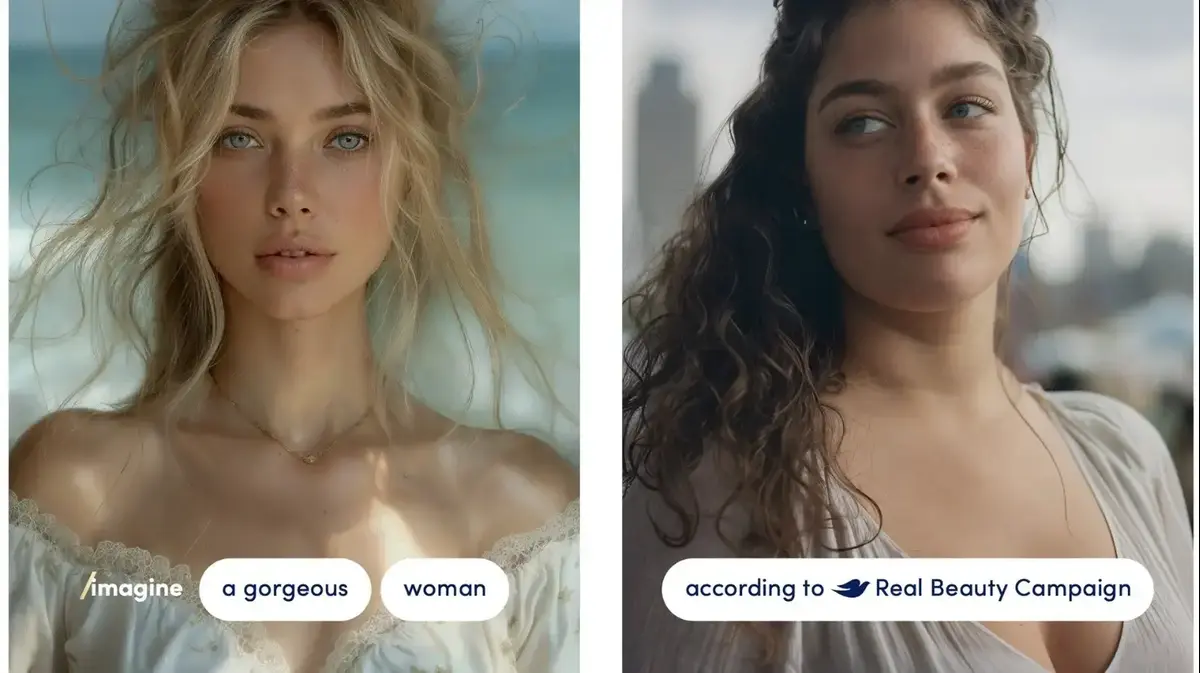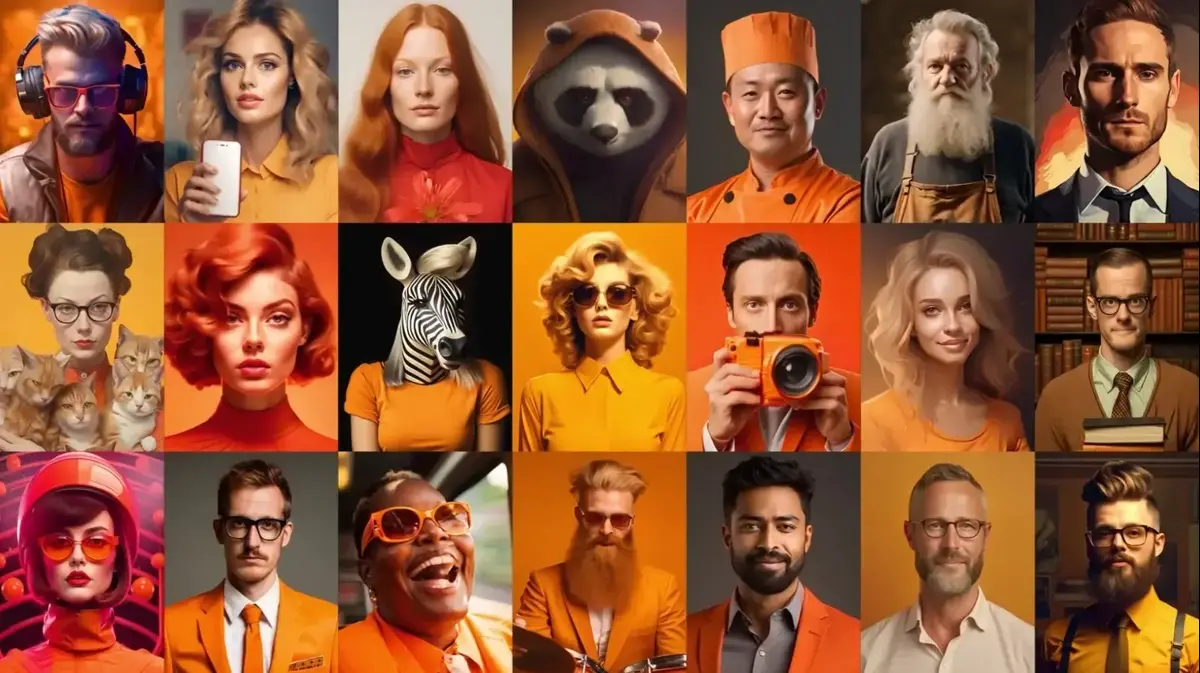This Friday will mark the International Day for the Fight against Violence Against Women - a widespread and cross-sector phenomenon that affects no less than a third of women in the world, regardless of religion, race or social status.
Marketing and advertising professionals in many organizations in Israel and around the world joined the fight in order to express support for those women who experience violence at home or outside of it, and to raise awareness of the extent of the phenomenon and its early signs.
Similar to commercial campaigns, social campaigns such as those calling for an end to violence against women make use of commercial marketing concepts and tools to promote certain attitudes and behaviors.
It starts with
planning the target audiences
, for example, women who experience violence, men who use abusive behaviors, friends and relatives of women who are in violent relationships, neighbors and bystanders who witness expressions of violence and choose to remain silent, and so on.
It continues in
defining the desired effect
of the campaign on the attitudes or behaviors of the target audiences.
What do we want the viewer to feel at the beginning, middle and end of the advertisement, and what messages do we want them to stay with afterwards?
This is where the theory of neuromarketing, which many tend to think of as manipulative, may bring great benefit to achieving the desired result.
But if in a commercial campaign you can
set clear goals
such as an increase of X percent in product sales, the impact of an awareness campaign, and especially one that has a social purpose, is much more difficult to measure.
In addition, according to Donovan Wallis, who researched the issue of social issue marketing, "the campaign should be integrated and mutually reinforce activities on the ground with the help of inter-agency/inter-network partnerships and, where applicable, policy and legislative changes."
If this is the case, the question arises, what is the role of marketing people in this story, and why do we actually need campaigns to fight violence against women?
In two words: a paradigm shift
Preventing violence against women requires a targeted and comprehensive approach that includes reference to its main factors.
One of the strategies for changing social norms is spreading messages of gender equality, inclusion, appropriate behavior and respectful relationships, and challenging sexist attitudes and offensive behavior towards women.
For example, if violence against women is the result of years and years in which men were used to thinking about sexuality in terms of strength, competitiveness and achievement, campaigns like this one, which was produced entirely voluntarily with the participation of well-known musicians and actors, come to break this concept and create new norms that are more in line with The modern era we live in:
If we are used to thinking that a woman's role is to obey her "husband" (another problematic terminology that it's time to disappear from our language), social campaigns that deal with this issue remind us that a relationship should be more like a partnership than ownership, and that the exercise of power and manipulation, whether physical or verbal or financially, has long been illegitimate.
More in Walla!
How did insulin become one of the most common and well-known drugs in the world?
In collaboration with Sanofi
You saw right.
A man does not have to beat a woman to be considered abusive.
She has a lot of facial violence and it can be expressed even in the smallest things.
Therefore, it is important to bring this discourse to the public sphere and talk specifically about the things that are not taken for granted.
This video, for example, which was produced in Greece against the background of the dramatic increase in the deaths known, ironically, as "love crimes", was able to accurately describe the sequence of events in an abusive relationship.
At the beginning of the video, the falling in love phase is described, which began with statements that apparently sound very romantic: "I want you to be only mine" and "Don't leave me", but later in the video those statements are already portrayed in a different light:
Therefore, an important part of the fight against violence against women focuses on explaining how an abusive relationship can be identified from the early stages.
For example, the new campaign of the Forum for the Prevention of Violence named after Michal Sela, presents six warning signs that are important to pay attention to when entering a new relationship:
Even the Naamat organization, which in the past presented horrific videos, chose this year to focus on informing the public of women who are in toxic relationships, in a series of videos that sheds light on the behaviors that lead to domestic violence:
Marketing creates change
Unlike laws and regulations, social marketing seeks to influence voluntary behavior through rewards and reinforcements rather than coercion and punishment.
So how is it different from public education?
At the most basic level, public education serves to impart information and build skills.
This may include, for example, classes in schools or workshops in the community centers, using consumer targeting and creating healthy habits from an early age.
This Australian Government campaign shows viewers why this is so important and reminds us that it all starts with education:
But while the education of future generations is an important and noble goal, they are not the ones responsible for the extent of the phenomenon, therefore, in order to stop the cycle of violence right now, we need to reach out to television and the media channels, which are places where the immediate target audiences are: the attackers, the victims, and not least, the witnesses.
In this Vizzo campaign from 2015, they chose to recruit well-known actors in order to focus specifically on the general public, the one who is silent so as not to interfere:
Another campaign, produced by the students of Amal A High School, reminds us that many victims of violence tend to protect their abusing partners, and that in order to come to their aid one must read between the lines:
When brands and influencers take a stand
Most of the campaigns we mentioned were produced by bodies and organizations whose aim is to promote the well-being of women and prevent domestic violence, but occasionally, commercial brands also take a stand.
This ad released in India by the motorcycle manufacturer TVS brings up a simple equation: you wouldn't be violent towards your motorcycle, so why would you do it to the woman you love?
Back in Israel, Super Pharm chose to direct attention to a less talked about issue - economic violence:
Influencers also play a decisive role in leading public opinion, for example in the international campaign of the Miss Supermodel competition in which some of the most beautiful women in the world take a stand against domestic violence:
In this campaign that came out only two years ago, Jewish and Arab Slavs set out to commemorate the victims of violence with a call that came to remind the basic commandment that so many have already forgotten: you shall not kill.
Last year, some of Israel's leading actresses read monologues of victims of violence in another campaign, under the title "You must not be silent":
From what we know, none of these actresses was stabbed by her partner, yet this joint monologue, which came to express the daily reality of thousands of women in Israel, could have been said by anyone, because it is a problem for all of us.
Marketing as a means of exerting pressure and changing policy
But the bottom line is, all the campaigns in the world are not enough to defeat the policy of silencing and sweeping it under the carpet.
Vizzo's next campaign from 2016 addresses precisely the decision-makers with a sharp criticism that expresses more than anything the incompetence of the state institutions when it comes to handling cases of domestic violence:
This Kaan production from 2016 also protests the lack of police treatment and the fact that even in cases where an appeal is made to the authorities, the overwhelming majority of the cases are closed due to lack of public interest.
Especially in days like these, when extremist elements sit in the government and call for gender segregation in the public sphere and the denial of women's rights, it is more important than ever to put emphasis on information and putting pressure on the care providers, in the hope that one day this phenomenon will stop.
In conclusion, we chose to end the article with Efrat Ghosh's new song, "The next person who touches me is dead", so that the next time someone touches you against your will, this mantra will already be a routine.
Marketing and digital
in the headlines
Tags
Violence against women
Domestic violence
campaign
Fighting violence against women









